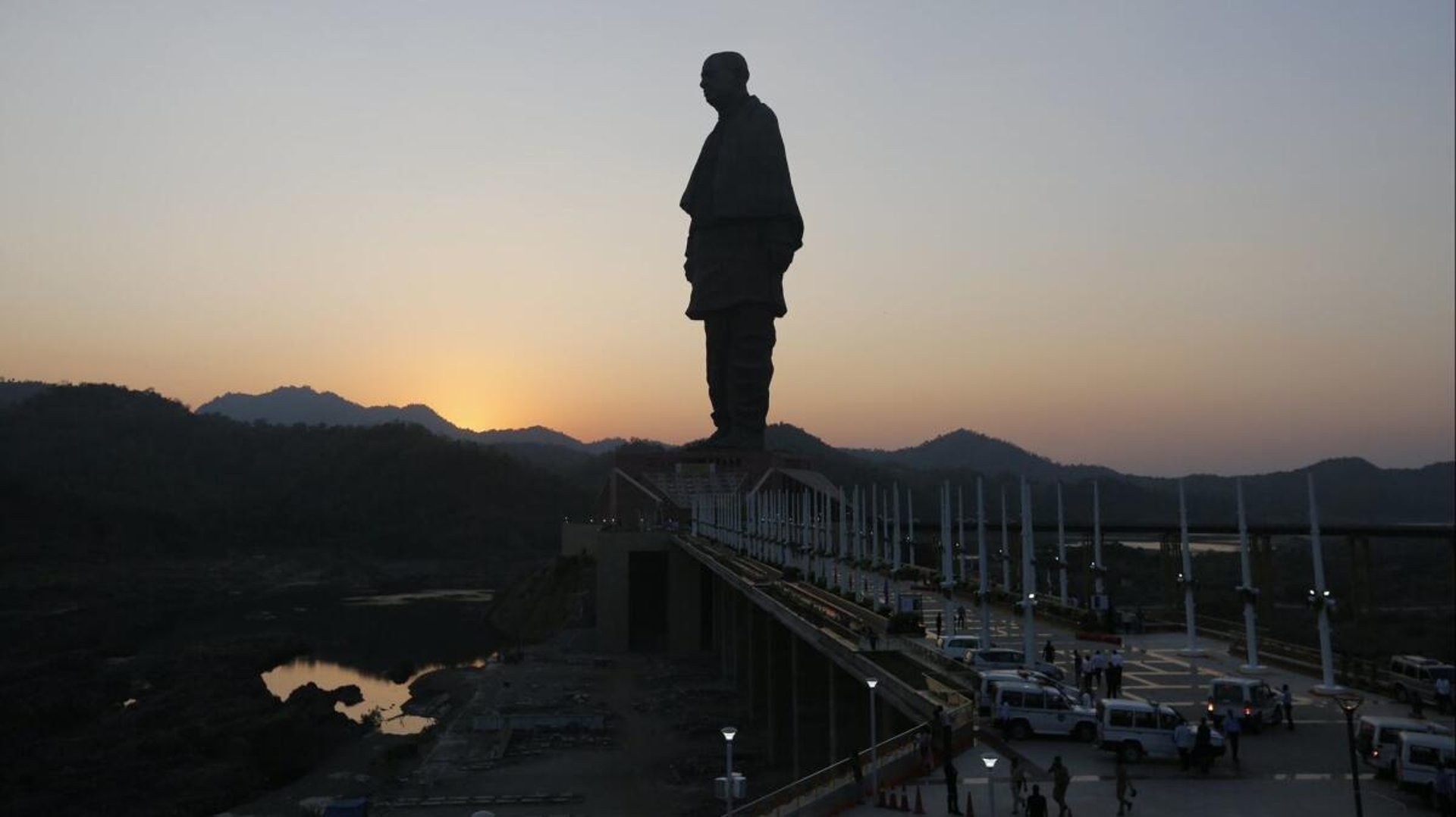
India's Ironman
Who is Sardar Vallabbhai Patel?
HISTORY
Meghana Meda
Have you heard of Iron Man? I’m sure you have. But if not, I’ll tell you. You might be thinking that I’m going to tell you about Tony Stark from the Marvel movies, red armor, and superpowers and all. But no. The Iron Man I’m talking about, had no armor, instead, he had the heart and brains enough to forge unity amongst a whole nation, as strong as iron, making it the glorious country it is today. Sardar Vallabhbhai Patel, the Indian who made India.
The Industrial period had come to its end, with the British reigning in India yet, as Sardar Vallabhbhai Patel was born on 31st October 1875, in Nadiad village, Gujarat. He became a prominent freedom activist, and one of the first political lieutenants to Mahatma Gandhi. This brought him an influential status in many states. Patel’s contribution brought unity amongst the people who were too scared to fight. His wits allowed him to politically help the protests succeed. of which got him imprisoned many times. But he fought on.
He later went on to become the first Deputy Prime Minister of India beside Nehru, from 1947 to 1950. His political strategies and ideas brought about many developments in the India that was lacking in federation. Later appointed the Home Minister and Chief of Indian Armed Forces, simultaneously, he played a significant role in the Indian independence, India’s political integration and the Indo-Pakistani War of 1947. Under the chairmanship of Patel "Fundamental Rights and Economic Policy" resolution was passed by the Congress. While promoting the Quit India Movement, his speech on 7th August 1942, in Mumbai, inspired many hesitant activists to join the rebellion. He earned the title ‘Sardar’, which means ‘Chief’, or ‘Leader’.
He created the oneness of India today, by persuading the princely states to join India again, during their time of separation. He fought against the major problems of untouchability and caste discrimination and provided relief efforts for the partition refugees. Under the plan of 3 June, more than 565 princely states were given the option of joining either India or Pakistan or choosing independence. Indian nationalists and large segments of the public feared that if these states did not accede, most of the people and territory would be fragmented. But Patel held meetings with the rulers, invoking the patriotism of India's monarchs, asking them to join in the independence of their nation and act as responsible rulers who cared about the future of their people. He persuaded the princes of 565 states, even the distant Lakshadweep islands, of the impossibility of independence from the Indian republic, especially in the presence of growing opposition from their subjects, explaining that Congress had no issues with the princely order. Setting a deadline for 15th of August 1947, he got 562 states to merge into the accession document. Only 3 were remaining: Jammu and Kashmir, Junagadh and Hyderabad. Under pressure from Sir Shah Nawaz Bhutto, the Nawab had acceded to Pakistan. It was, however, quite far from Pakistan, and 80% of its population was Hindu. Patel combined diplomacy with force, demanding that Pakistan annul the accession, and that the Nawab accede to India. The invasion of Hyderabad was then launched on 13th September, after the death of Jinnah on 11th September. After the defeat of Razakars, the Nizam signed an instrument of accession, joining India. While Jammu and Kashmir wasn’t fully integrated, he had managed to bring India to its complete. His work laid the foundation for Jammu and Kashmir to now become fully a part of India, after the abolition of Article 370 recently. He was also instrumental in the creation of the ‘All-India Services’ which he described as the country's "Steel Frame". He also gained the name ‘Architect of Federal India’, where although he worked for unity, he also promoted individuality, thus bringing the states of India based on language and culture. He created India’s Unity in Diversity.
He passed away on 15th December 1950, now living as the tallest sculpture in the world today, the Statue of Unity.
Thus, as he literally brought India together, making it the One India it is today, I think that Sardar Vallabhbhai Patel, the Iron Man of India, is one of the most influential figures in history, for bringing ‘Swaraj’ - Freedom, and ‘Ekata’ - Unity, to a whole country.
Copyright by Meghana Meda. All Rights Reserved
